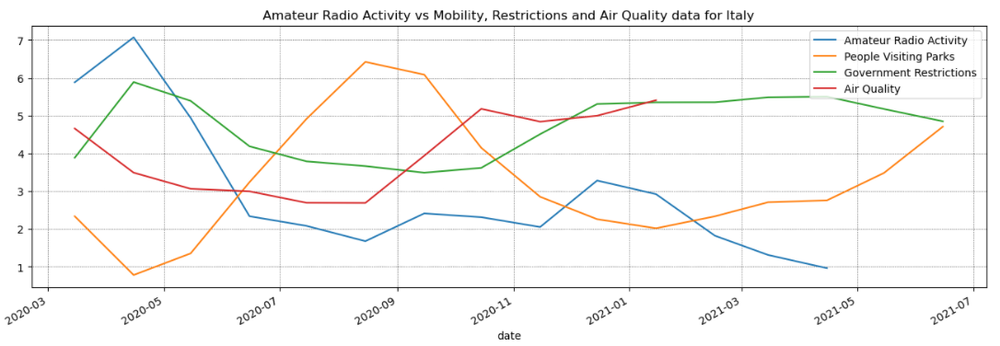Storytelling in the COVID-19 Era
The longer human activities are changed due to the COVID-19 pandemic, the more visible, wider, and longer lasting the scope of environmental impacts may be. Your challenge is to tell a visual story about the impacts of the pandemic using Earth observation data and other complementary information.



